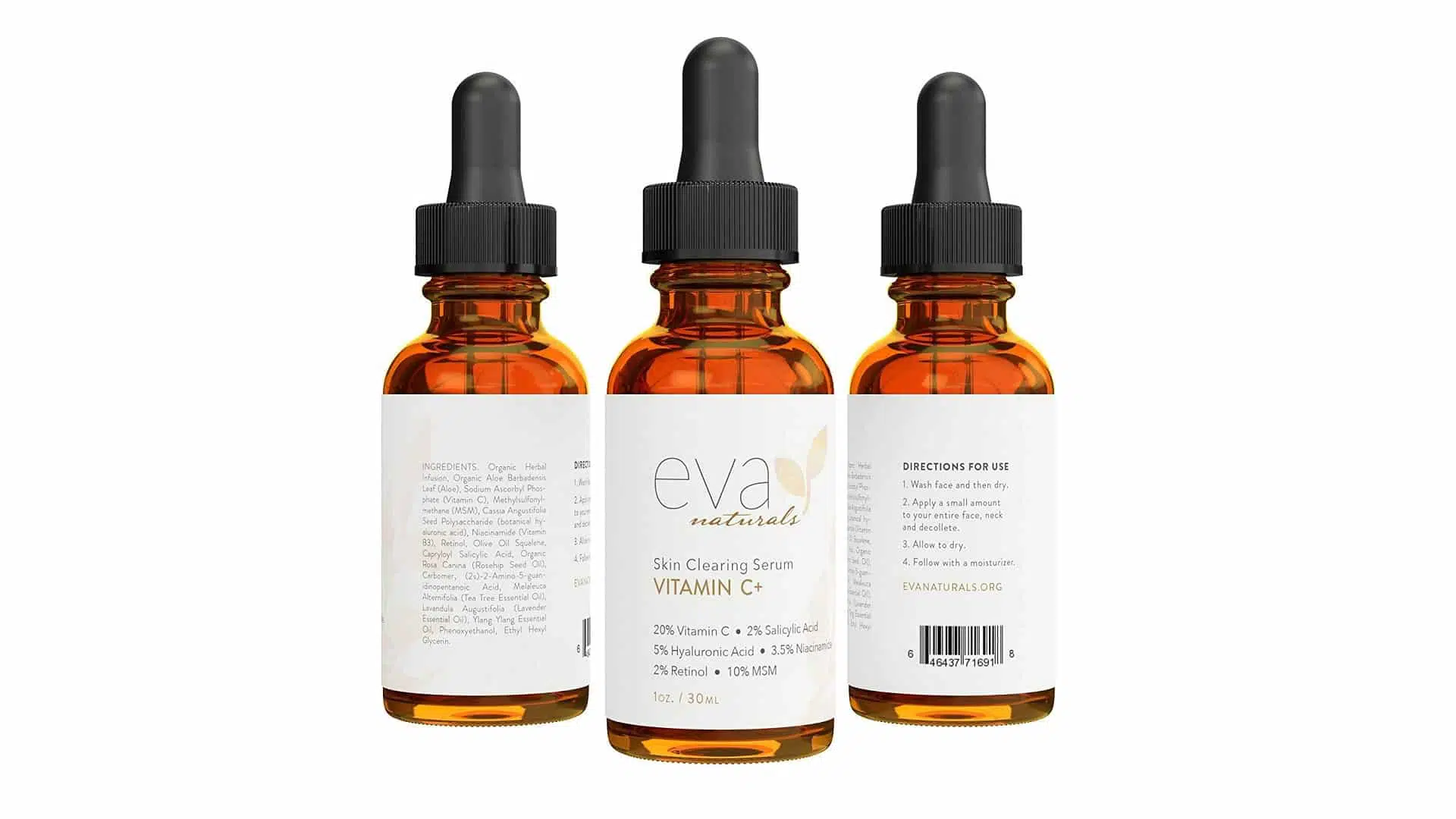
Niacinamide and retinol have both become game changers in the world of skincare and have loads of benefits to offer users of all skin types and concerns.
Used on their own, they offer lots of advantages but used together, they can be even more effective.
Can you use niacinamide with retinol?
Yes, it is possible to combine niacinamide with retinol and allow the two ingredients to complement each other. However, you must be careful with how you do this and the specific products you’re using together, otherwise, the results can be disastrous.
If you’re still feeling a little left in the dark about all of these new skincare ingredients and want to know what niacinamide and retinol bring to the table, we can help.
This guide compares the two popular components and how to use them together effectively so you can make the most of your skincare routine.
What Is Niacinamide?
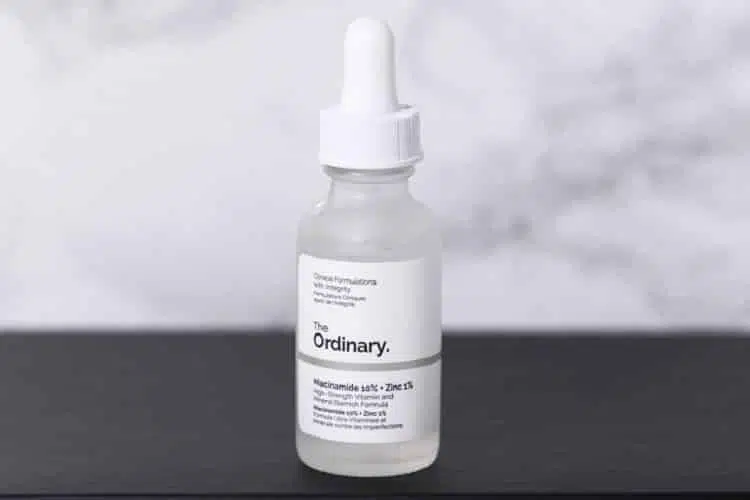
Niacinamide, also known as nicotinamide, is a form of vitamin B3 and water-soluble vitamin, referred to as an essential vitamin.
This means that your body is not capable of producing the vitamin on its own, which is why you must get it from your diet instead.
The key benefits of niacinamide for the body are that it repairs damage and reduces inflammation. In the world of beauty, niacinamide can deliver many of the same advantages to your skin which is why it’s become a common ingredient in skin care products today.
You’ll commonly find it in moisturizers, serums, and oils.
Choosing products with higher niacinamide content is ideal if you’re trying to control the signs of aging, sun damage, acne, atopic dermatitis, and hyperpigmentation.
As a great all-rounder that targets many of the problems people are hoping to deal with using skin care products, it’s no wonder that niacinamide has made a name for itself.
The Good
Soothes skin
As a natural anti-inflammatory, you can put niacinamide to work on your skin to help soothe and calm it down.
Just a few of the ways it does this is by reducing redness, scaling, dryness, and acne, plus adding a moisture barrier that keeps your skin soft and supple.
Fights signs of aging
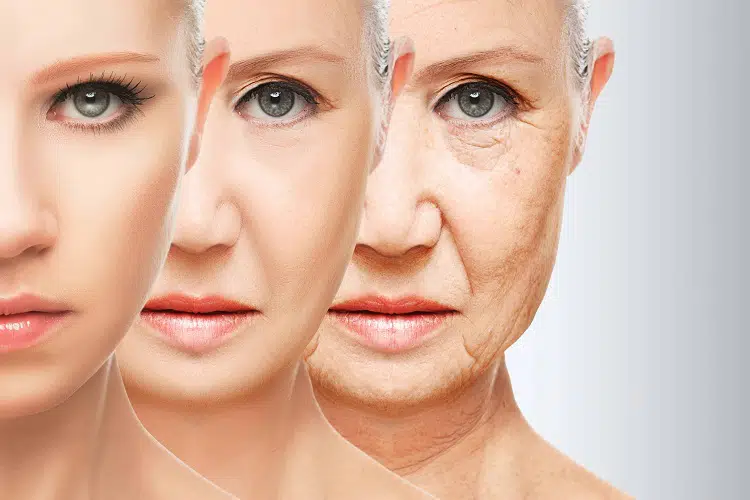
The dreaded signs of aging like fine lines and wrinkles can be sorted with a good dose of niacinamide in your skincare products.
It does this by increasing collagen production, which means more plumpness in the areas that matter, and less obvious wrinkling.
Lightens hyperpigmentation
Niacinamide is one of the most effective treatments for dark spots and uneven skin tone.
By inhibiting melanosomes, which contain pigments, from transferring to the upper levels of the skin, you’ll get a much more even complexion and fade away troubling spots.
Controls sebum production
Those with oily skin or the occasional excess oil production will want to start using niacinamide in their skincare routine.
This product actively reduces the rate of sebum product which means fewer oily complexions and less chance of breakouts caused by oil-clogged pores.
The Bad
Not a miracle cure
Niacinamide isn’t a cure-all ingredient that can be used for everything.
Some people get better results by speaking to a dermatologist first who can diagnose their skin conditions to see if this ingredient might be effective.
It’s Costly
Products with higher quality and better concentrations of niacinamide will likely be more expensive.
If you’re shopping for budget friendly options, you might find this ingredient puts them out of reach.
Side effects
Higher concentrations of niacinamide in skin care products can be a bad thing, and people with hypersensitivity or an allergic reaction will get some side effects.
Knowing what to be aware of and how to shop for quality skincare will alleviate some of the risks.
What Is Retinol?
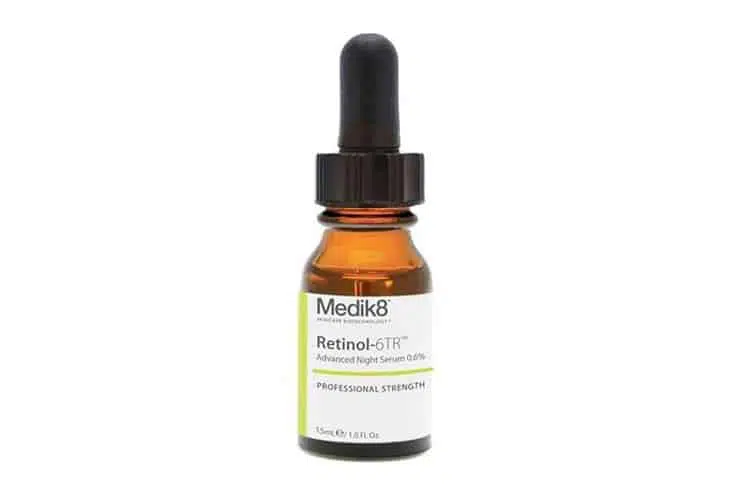
Retinol is also a type of vitamin used in skincare, but this time it comes from vitamin A.
As a nutrient that has been derived from retinoids, it’s the star of any skincare product that focuses on renewing, smoothing, and regenerating the skin.
You can purchase retinol over the counter or within everyday skincare products like serums and moisturizers, and usually ones with a focus on anti-aging and skin care routines for acne prone skin.
In its highly concentrated form as a retinoid, you can have this prescribed to you by a doctor if you need medical assistance with acne prone skin.
As the main star of many anti-aging products and solutions, it’s common to see retinol products listed on skincare labels these days.
It acts as an antioxidant, prevents the signs of aging, and helps your skin renew and regenerate so it’s no wonder it’s become one of the most popular names in skincare.
The Good
Reduces hyperpigmentation
If you have issues with dark spots, uneven skin tone, or a dull complexion, adding retinol to your routine can help.
Retinol speeds up the skin renewal process which rejuvenates the skin more quickly.
Reduces fine lines and wrinkles
Retinol has been proven to smooth out your skin’s texture, and it targets the fine lines and wrinkles that can make us look older than we really are.
Regular application of retinol is one of the best ways to reduce the appearance of these aging signs.
Stimulates collagen and elastin
You’ll get more youthful skin thanks to a boost in collagen and elastin that retinol provides.
This helps to plump up the skin and improve its elasticity, so it’s a great anti-aging tool.
The Bad
Sun sensitivity
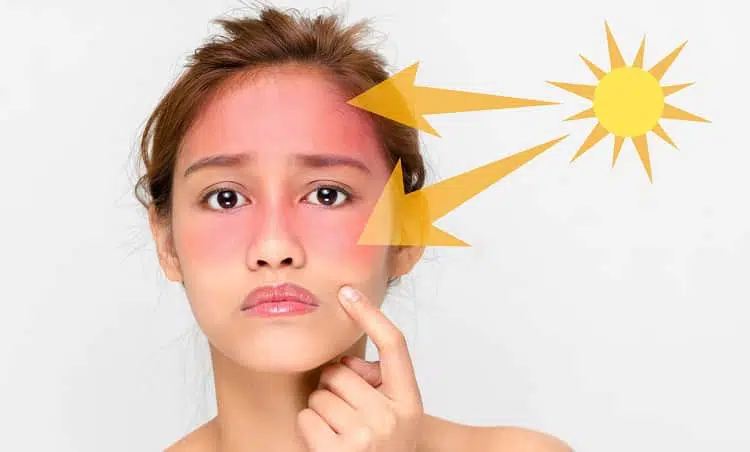
If you apply retinol in any part of your skincare routine, it’s important to increase your SPF protection.
Retinol can make the skin hypersensitive to UV rays so you need to up your defense system.
Slow introduction
Unlike other skincare products that can be used at full strength right away, retinol should be introduced slowly.
You’ll need to wait longer to see results because of this.
Skin peeling
Your skin may start to peel after you integrate retinol into your skincare routine, but this usually goes away after a short time.
Others have reported feelings of burning or tingling associated with this peeling, which will also subside eventually but can feel worrying.
Dryness
People with already dry skin or those prone to skin sensitivity might find that retinol dries their skin further. Ensure you’re using the right moisturizers along with retinol to keep drying minimal.
Benefits From Using Them Together
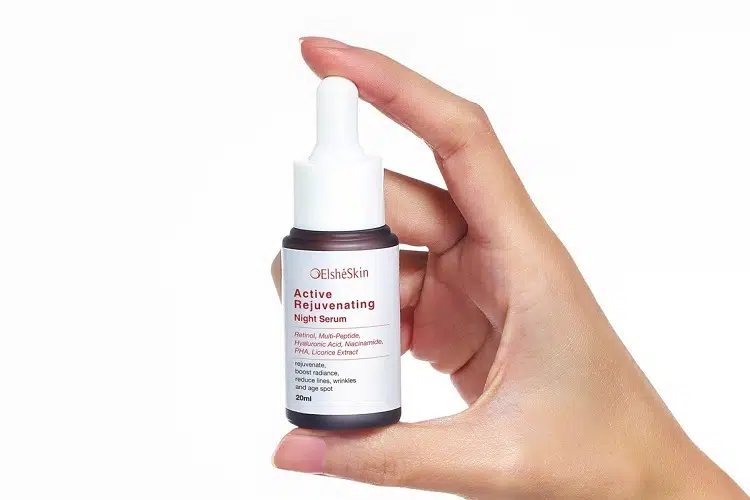
If you’ve been wondering can you use niacinamide with retinol, the answer is a resounding yes. These are two products that are great on their own but even better when pair correctly together, as long as you’re careful.
When applied together, the niacinamide has a gentle and calming effect that can reduce the irritation and redness that some people get when they use retinol.
This allows the retinol to be more receptive without any of the negative effects.
Both of these products are effective at neutralizing external damage to the skin as well, and when you combine them, they do an even better job.
As they each take a different approach to brightening your skin and improving the complexion, you’ll get a double boost of greatness when you apply them together.
Finally, the stimulating effect that niacinamide has on your skin by boosting the production of ceramides and fatty acids and the way retinol improves the skin’s texture by increasing collagen production work even better in combination.
You’ll get the pore improving benefits of both as well, which means smaller pores and sebum regulation, resulting in better skin overall.
What Could Go Wrong?

Any time you try a new skincare product or procedure, there are risks involved. Although niacinamide and retinol are both common ingredients in skincare today, that doesn’t mean everyone will react to them favorably.
The combination of niacinamide and retinol can cause some people to get red, irritated, flaky, or burning skin.
If this happens, you should reduce the frequency of application and how much product you’re using, then give your skin a chance to slowly get used to it.
Most retinol products are labeled with a percentage to determine their strength, so switch from a 1% to a 0.5% if your skin needs some time to adapt.
Rather than applying these products daily, use them once every three days and continue this for a few weeks before adding another day into the mix so you’re using them every other day.
Tips for Using Niacinamide and Retinol
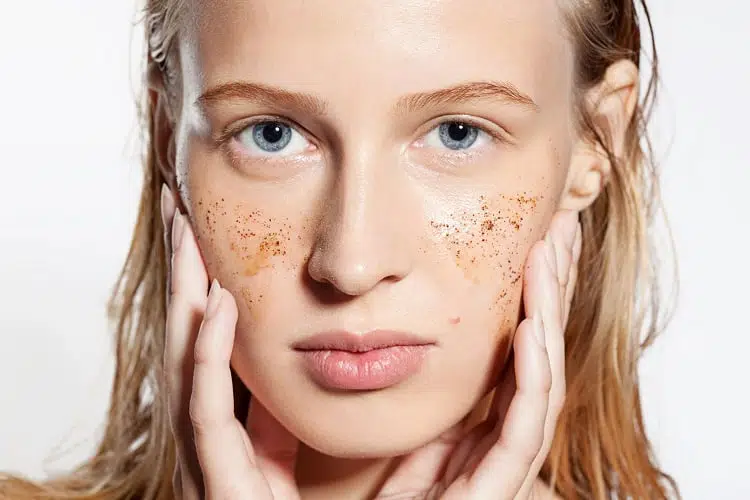
Skincare is a science and sometimes it requires a bit of trial and error to get it right.
If you’ve been thinking about using the power duo of niacinamide and retinol on your skin, we’ve got a few tips you can try to make sure it’s beneficial.
Exfoliate and tone
To ensure the products get absorbed, start with exfoliation and wipe your face with a toner first.
Let it dry completely and then start with whatever product has the lightest texture first.
Find a combo product
Some skincare brands make a niacinamide and retinol product that’s already combined. This takes the guesswork out of knowing which ones will work best together and can be the easiest place to start.
If you’re not a fan of the results, try using two separate trusted products and see if it’s more effective.
Don’t wait
Unlike other ingredients that should have a time barrier between their application, there’s no such timing required with niacinamide and retinol.
You can apply them immediately after the other and sometimes even combine them into one.
Day or night
These two ingredients can be used day or night in a skincare routine, but you will need to be careful if you choose daytime.
Apply a broad-spectrum sunscreen along with them to avoid the sensitivity to the sun that retinol is known for creating.
Look for signs of trouble
As two powerhouse ingredients, it’s natural your skin will react in some sort of way.
If you notice redness or burning when you apply them, dial it down and use products with a less concentrated formula until you get used to them. Be patient and let your skin adapt, then you’ll get greater results.
The Power Duo
There are loads of benefits to be enjoyed by using niacinamide and retinol together in your skincare routine, and even more than when you apply them on their own.
Take the time to craft a specific skincare routine that suits your skin type and goals using these two wonder ingredients and you’ll get fast-tracked results.
Related Questions
Niacinamide and retinol are just two of the big names in skincare these days but they’re not the only ones you need to know. To help you get the lowdown on what other names you might find in your next skincare purchase, read on for some FAQs about the most common ones out there.
Is BHA Better Than AHA?
BHA and AHA are used for different purposes so one is not necessarily better than the other but it all depends on your skin type.
If you have oily and acne-prone skin, a BHA infused product is best, and those with dry skin and scarring will achieve better results using AHAs, but it is possible to use both with good results.
Is Collagen Good in Skincare?
As a protein that occurs naturally in the body, collagen can also be used in skincare products.
The most reported benefits of this ingredient are reducing the appearance of wrinkles, improving elasticity, and boosting blood flow to the skin, all of which are effective anti-aging measures.
What Does PHA Do in Skincare?
PHAs are polyhydroxy acids and they’re used as a chemical exfoliant in trending skincare products today.
With the power of exfoliation, you’re able to get rid of dead skin and improve its texture by reducing hyperpigmentation and fine lines, giving a more youthful complexion.